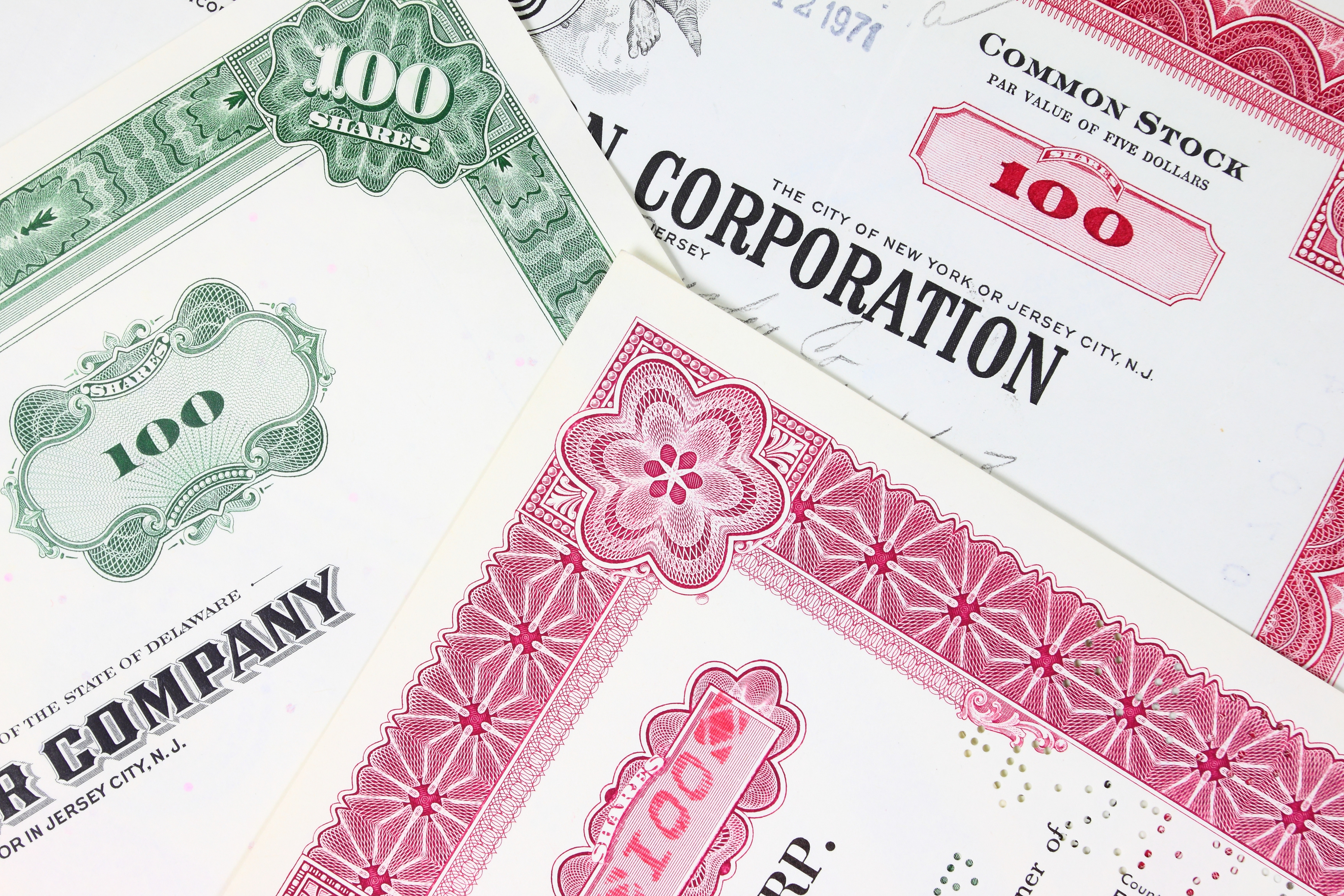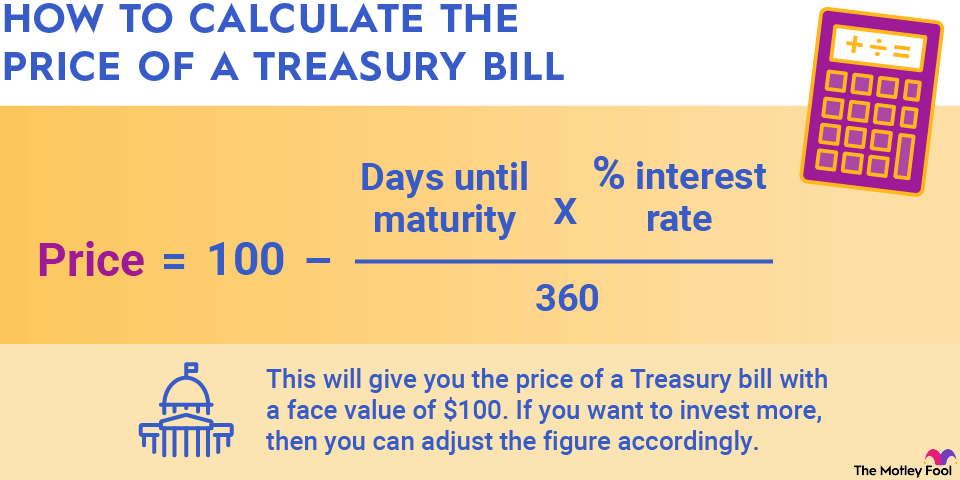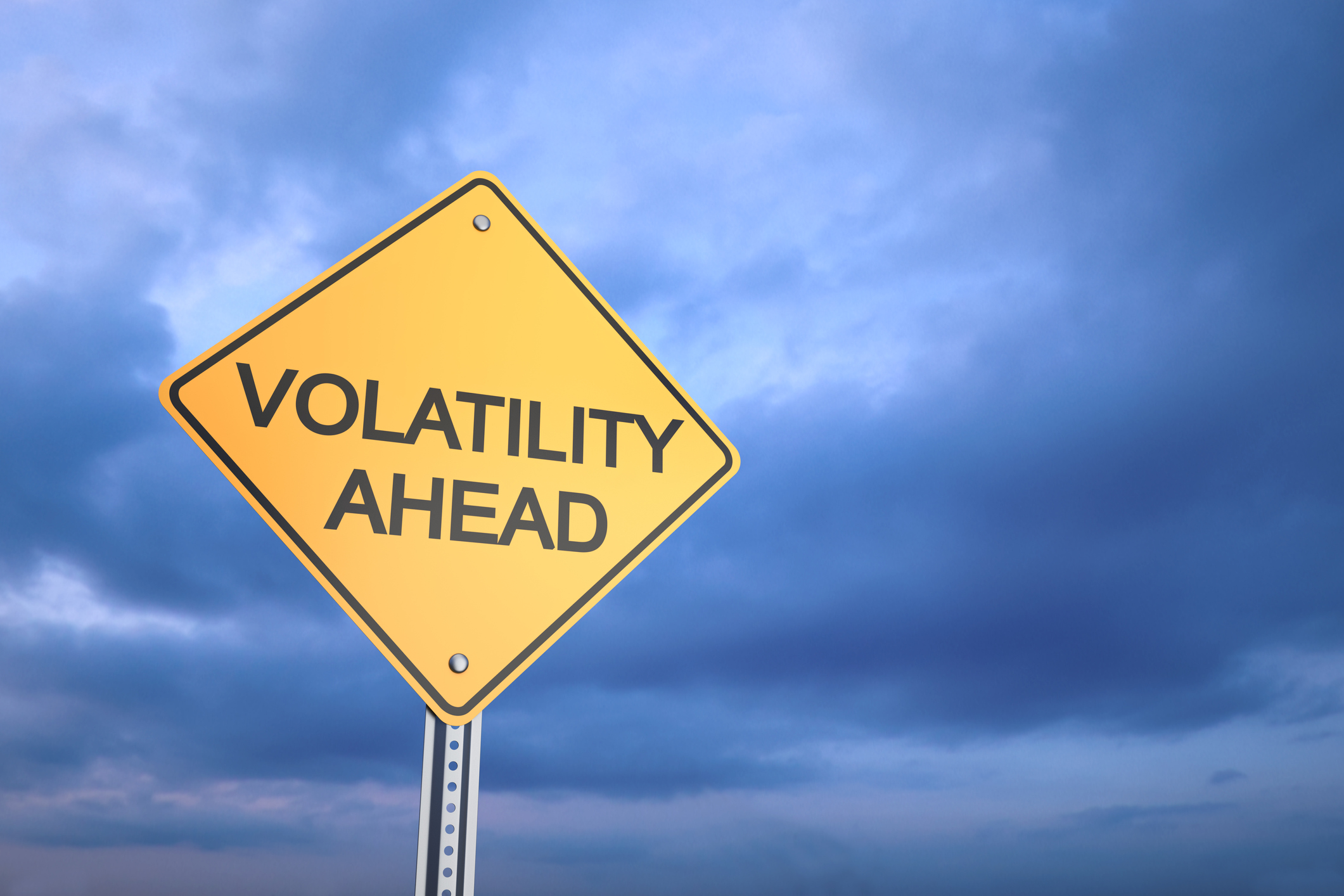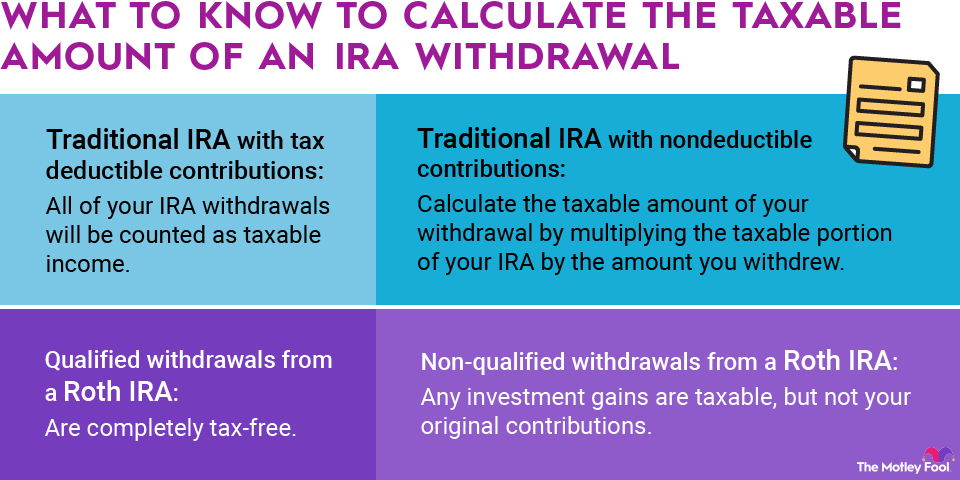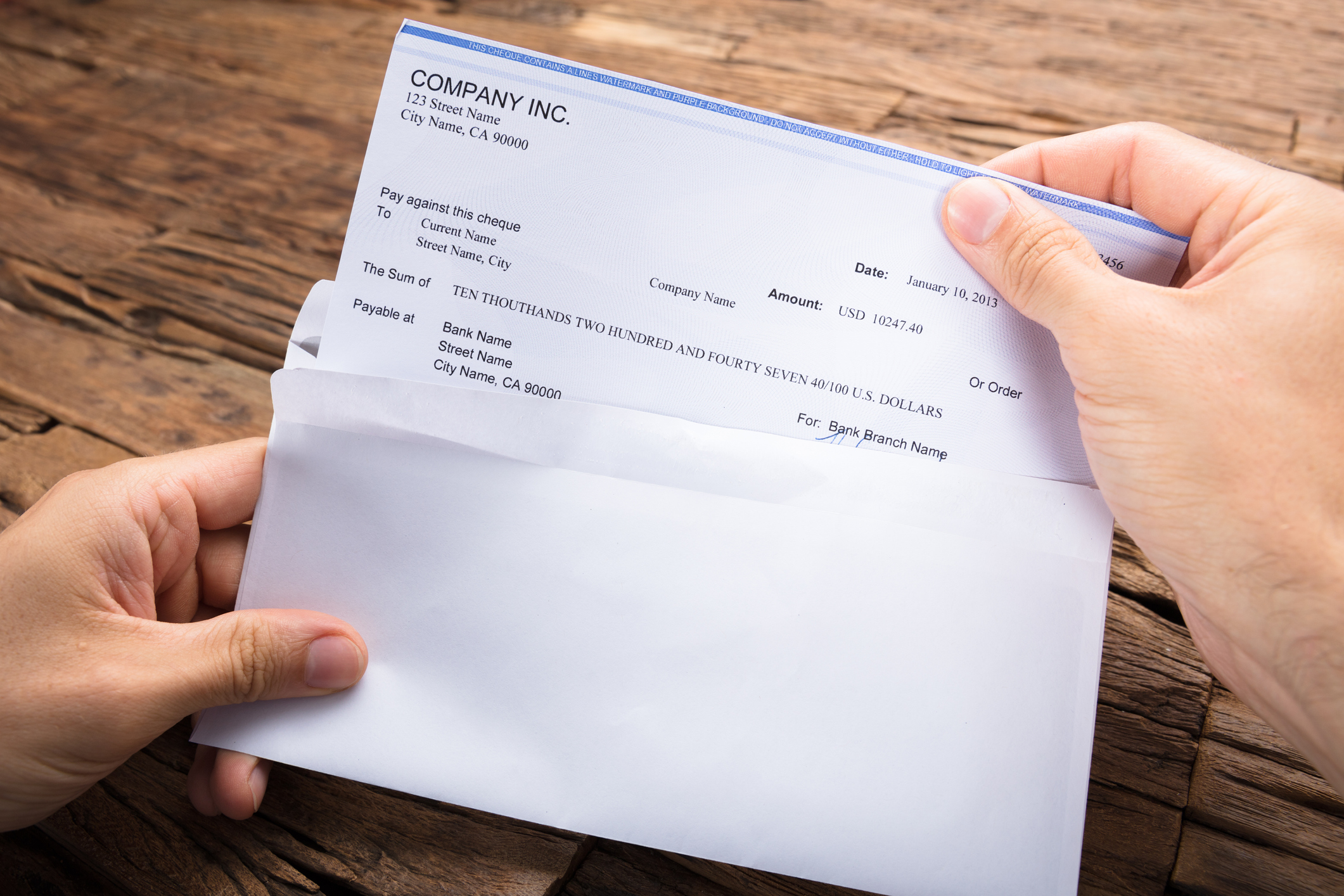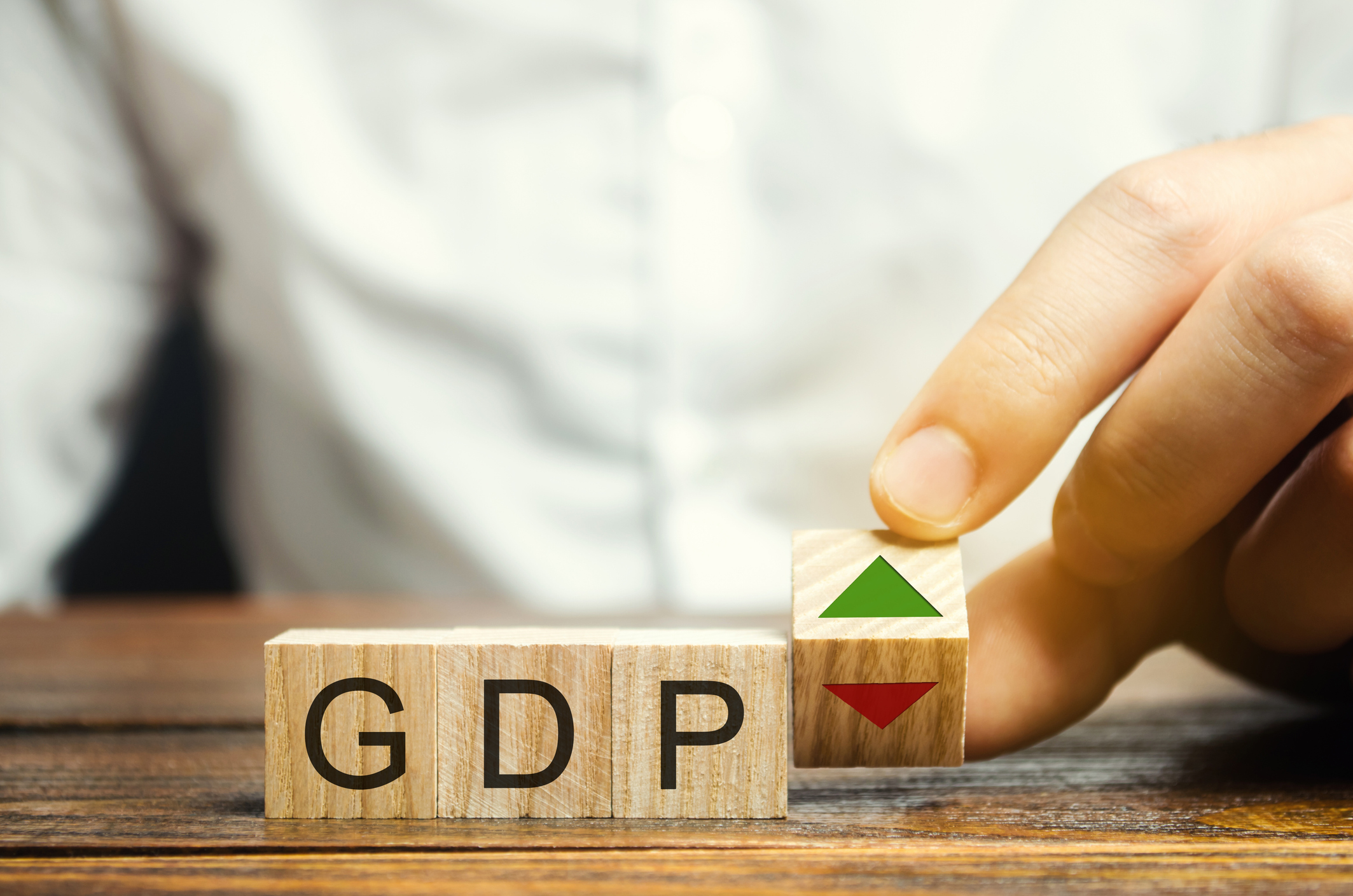In accounting terms, additional paid-in capital is the value of a company's shares above the value at which they were issued. This can apply to both common and preferred shares.
For example, a company may issue its shares for $1 each. However, investors may be willing to pay $2 per share to invest in the company. Additional paid-in capital represents the extra $1 investors paid to the company above its original $1 par value.

How does additional paid-in capital happen?
On the public markets, this is most often seen when a company holds an IPO, though companies whose shares are already trading can also issue more shares in order to raise capital. In the case of an IPO, a company may set its initial price at $20 with plans to issue 100 million shares. Once trading, if those shares sell higher as the day goes on, going for an average of $25 per share, then the extra capital raised at the higher price would be considered additional paid-in capital.
This calculation only includes shares sold by the company to raise capital. If the shares are sold but don't provide capital to the company, the proceeds won't appear on the company's financial statements and are, therefore, not paid-in capital of any kind.
The calculation
The basic formula to calculate additional paid-in capital is:
(issue price - par value) * shares outstanding
In our hypothetical IPO above, we can apply the formula to calculate additional paid-in capital.
First, we subtract the par value (or the price the company originally set when the market opened) from the issue price (which is the price the market actually paid). In this case, that is $25 minus $20. Next, we multiply that difference by the 100 million shares, giving us additional paid-in capital of $500 million as of the company's IPO day.
Related investing topics
Additional trades don't count
After the IPO, none of the daily stock movements will impact the additional paid-in capital number in this example. This is because those trades do not generate any capital for the company and, therefore, have no impact on the company's balance sheet. Only the shares sold by the company to raise capital should be included in the calculation.
Need to learn more about the ins and outs of buying shares of stock? We can help you get started over at our Broker Center, where you'll also find plenty of helpful links to brokers who can get you invested.
This article is part of The Motley Fool's Knowledge Center, which was created based on the collected wisdom of a fantastic community of investors. We'd love to hear your questions, thoughts, and opinions on the Knowledge Center in general or this page in particular. Your input will help us help the world invest better! Email us at [email protected]. Thanks -- and Fool on!




